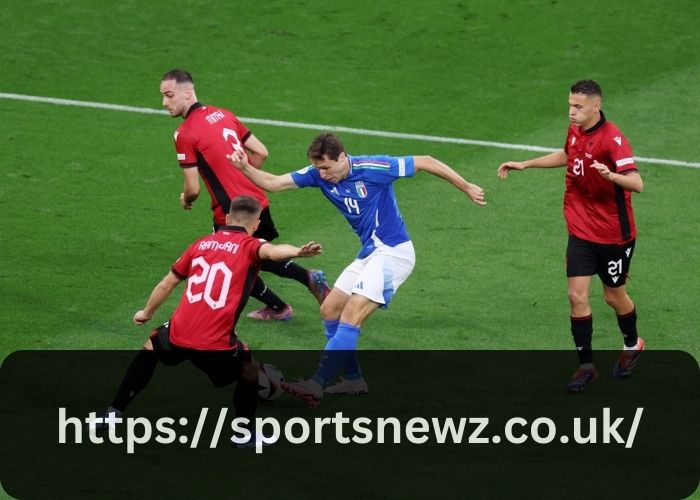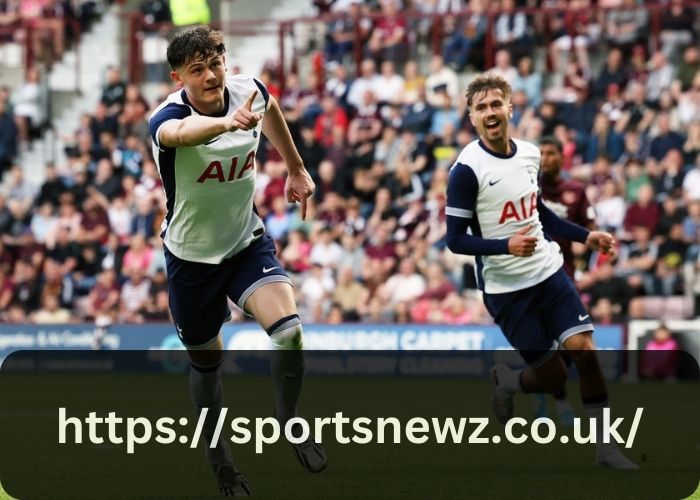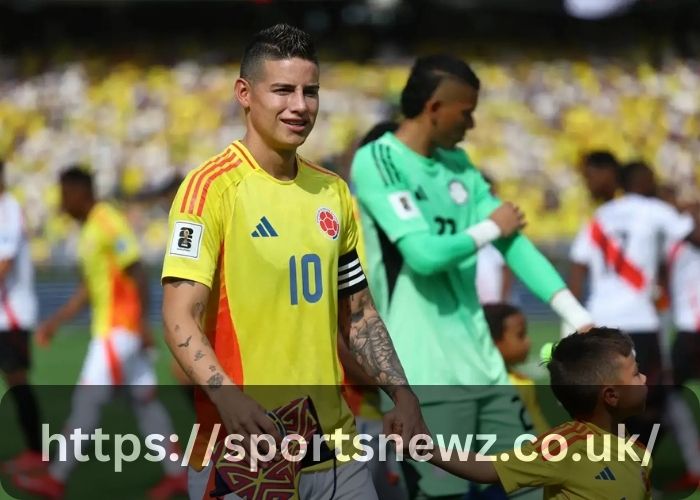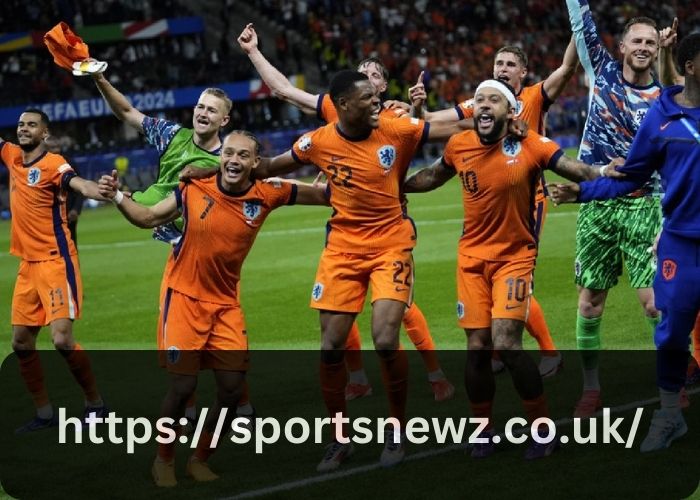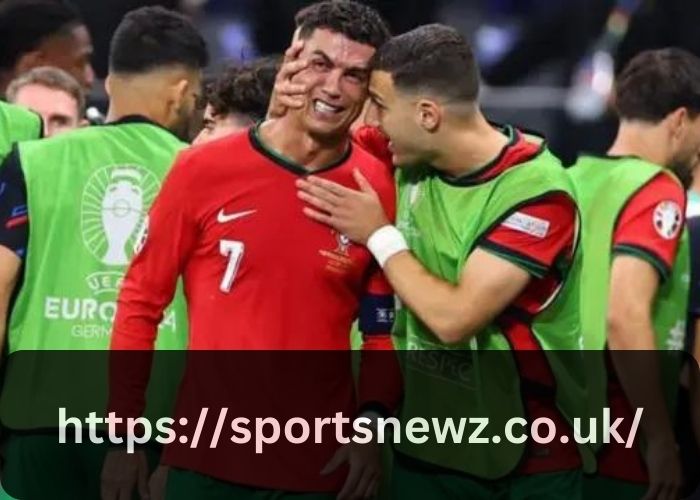Italy and Croatia both have much at stake in this Group B decider, with Italy needing a win to secure second place and avoid an anxious wait to determine whether one of four best third-placed teams makes it through to the knockout stage.
Croatia have difficulty turning possession into tangible threats; Modric fails to hit Donnarumma with his shot attempt. Read more croatia national football team vs italy national football team standings.
| Position | Croatia | Italy |
|---|---|---|
| Goalkeeper | Dominik Livaković | Gianluigi Donnarumma |
| Defender | Dejan Lovren | Leonardo Bonucci |
| Defender | Josko Gvardiol | Giovanni Di Lorenzo |
| Midfielder | Luka Modrić | Nicolo Barella |
| Midfielder | Marcelo Brozović | Jorginho |
| Forward | Ivan Perišić | Ciro Immobile |
| Forward | Andrej Kramarić | Lorenzo Insigne |
| Midfielder | Mario Pašalić | Marco Verratti |
Croatia
Croatia competes internationally in football competition, under the auspices of its Football Federation and from Zagreb where its national football team resides. Their fans support them strongly, leading them to two final appearances of World Cup tournaments (in 1998 and 2018).
This squad comprises talented players from across Croatia. Many play for top European leagues such as Juventus, Real Madrid and Barcelona; captain Luka Modric was recently voted best player at the 2018 World Cup while other key stars include Mario Mandzukic and Duje Caleta-Car.
While the team remains competitive internationally, domestically they have encountered difficulty. Recently they have faced financial strain and face competing local rivals with poor records against them. Yet despite all these hardships they remain within the top ten of FIFA world rankings.
Croatia has achieved several notable victories, most notably at the 2012 Summer Olympic Games and second place finish at 2018 World Cup. Both tournaments marked important milestones for their team and were widely lauded for their style of play – particularly defensive strength as well as impressive attacking options.
The team has also captured numerous other prestigious competitions, such as qualifying for UEFA Euro 1996 and competing in UEFA Nations League tournaments. Over its history, its national team has been led by legendary players like Davor Suker and Zvonimir Boban; today it remains one of Europe’s strongest squads.
Italy
Italy’s National Football Team represents Italy internationally. Based in Rome and playing its home games at Stadio Olimpico in its capital city of Rome, this historic European national football team dates back to 1907. Renowned for its passionate fans who often cause disruption with flares during matches or celebrations using pyrotechnics, such as Mario Mandzukic and Luka Modric are just some of the world-class talent represented on this squad.
However, they have struggled to maintain an impressive standard since an underwhelming showing at Euro 2024 and subsequent relegation to League B in 2020. Now looking ahead, the Vatreni are rebuilding their squad in preparation for participation in 2024 Nations League as well as potentially qualifying for 2026 FIFA World Cup qualification campaigns.
Croatia made its unofficial international debut against the United States on 17 October 1990, defeating them 2-1 and unveiling its modern checkered jersey for the first time. Caretaker manager Drazan Jerkovic led this de facto nation through several friendlies before its official re-admission into UEFA on 3 July 1992.
Miroslav “Ciro” Blazevic served as head coach for two years, but the nation found difficulty qualifying for the 2002 World Cup. Draws with Belgium and Scotland led to Blazevic stepping down, with Otto Baric taking his place subsequently; unfortunately Baric’s tenure was marred by defeats against Mexico and Ecuador that prevented his team from qualifying for knockout stage play-offs.
Zlatko Kranjcar took over as coach in July 2004 and guided Croatia to an undefeated qualification of the 2006 World Cup tournament, featuring an unexpected quarterfinal win against Brazil that sent shockwaves through tournament favorites Brazil before sealing bronze via a 2-1 win against Morocco for third place finishers.
Lineups
Italy and Croatia meet once more for their final Group B match, and Italy’s hopes hang by a thread after they were stunned 1-0 by Spain in their previous matchup. Croatia, on the other hand, could secure second place and an automatic spot in the last 16 with a win, while a draw won’t suffice.
Both teams remain unchanged from their opening game against one another, with Nicolo Barella and Jorginho starting either side of a central midfield trio made up of Modric, Sucic and Kovacic in central midfield. Josip Sutalo from Ajax and Southampton’s Duje Caleta-Car also feature.
Croatia are having trouble creating chances, with their best being a Modric cross into the box that was cleared away by Alessandro Bastoni. Italy have their best chance from a free-kick taken by Pellegrini but unfortunately his shot hit Livakovic instead of going wide.
Croatia have the better of the second period, but fail to capitalize on their chances. Late run by Sucic opens up an opening on the edge of the box; however, his shot misses and goes wide.
Mattia Zaccagni scored an outstanding equaliser late on to keep defending champions Italy alive for Euro 2024 qualification, even after Luka Modric had given Croats the lead. But Zaccagni managed to beat Dominik Livakovic with his curling effort past Dominik Livakovic to send Italy through to the quarter-finals against hosts Serbia despite an underwhelming tournament so far – Italy remains formidable force when it comes to European tournaments despite any setbacks this tournament thus far!
Key Players
Italy and Croatia will both be looking to avoid defeat and secure second place in Group B in this crucial final match, hoping if one or both wins, they can move onto the quarter-finals while if both draw, they could end up going into play-offs instead.
Early in the game, both sides exchanged possession, but played defensively well to hold back both teams from taking any major chances in the first half. Modric missed his attempt from long range while Bastoni failed to connect with a cross.
After Calafiori was brought down by Budimir, Italy earned a free-kick on the edge of the box; however, Modric’s delivery was blocked and cleared away from danger by Budimir’s alert defenders. Soon afterwards, Italy attempted to use disguised passes from Modric behind their defense; but Budimir quickly cleared away any risks presented by Modric’s attempts.
Modric has been the standout performer for Croatia despite their relatively innocuous attacking approach, carrying the ball through midfield while also distributing well and showing exceptional vision and passing skills. His ability to get into good positions and provide options for his teammates makes him an invaluable asset in Croatian team play – who could not ask for anything better from their captain!
Italy haven’t produced their best performance of late, looking nervous and lacking ideas in attack. Their system featuring Federico Di Marco and Giovanni Di Lorenzo as wide players was effective but lacked pace or impetus in the final third. That changed late on when Mattia Zaccagni struck an amazing shot from distance that stunned Croatia and earned Italy a draw.
Tactical Setup
As expected, Croatia’s approach is extremely possession-oriented and they will aim to dominate the middle of the pitch with their attacking sequences, often starting there and showing superiority over teams even when not employing direct approaches.
Luka Modric and Ivan Rakitic will often form the cornerstones of their team’s build-up play, both possessing the ability to dismantle opposing defenses through quick passes and dribbles, while they can also act as runners in the final third to create chances for their team.
With Mario Mandzukic and Ivan Perisic in their ranks, Croatia are an extremely difficult team to stop in the final third. Capable of attacking from both wings as well as playing long balls into the box, their strength lies in being versatile enough to counter many threats thrown their way.
However, their defensive structure can be problematic. Though their PPDA numbers demonstrate impressive pressing throughout the field, their low win percentage in duels and high foul count raise serious red flags.
Additionally, their defensive stability may prove inadequate if forced to push up against an opposing team that moves quickly.
Still, they remain formidable opponents for Italy with experienced players such as Marcelo Brozovic and Mateo Kovacic playing alongside young Halilovic and Kostadinov in midfield. Together, their presence should allow them to control the game against Italy, whose lack of defensive depth may prove a challenge; should possession change hands, they have quick counterattacking options available should things unravel quickly.
Read Also : Germany National Football Team vs Scotland National Football Team Timeline
